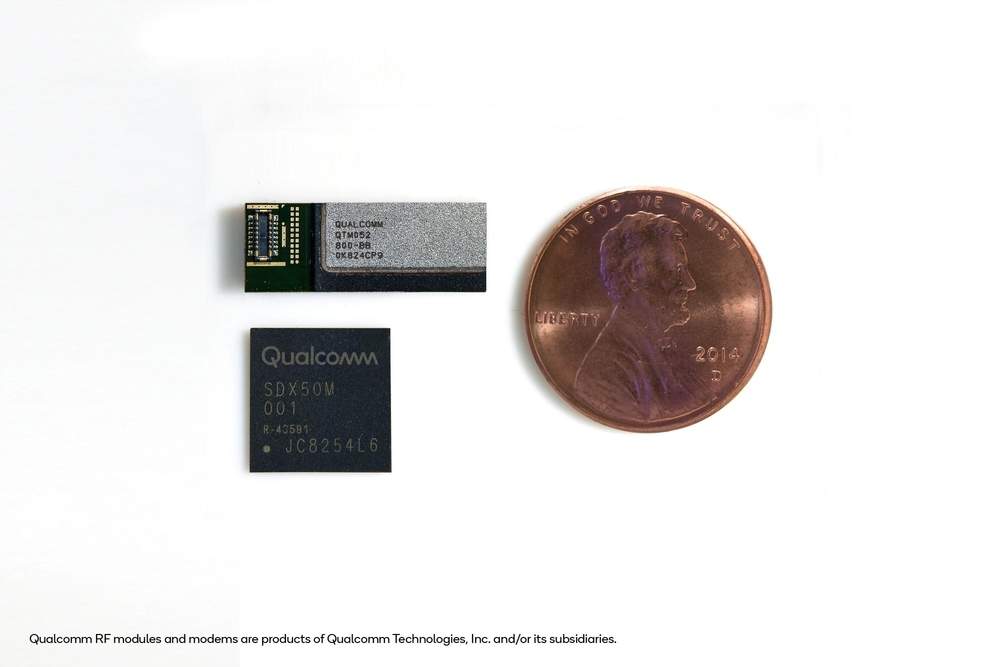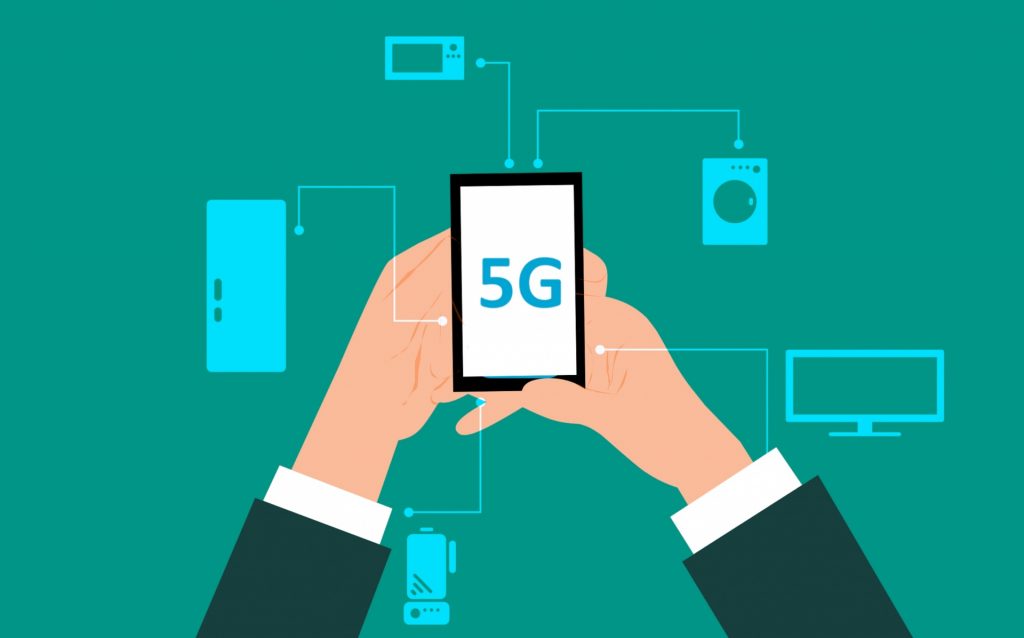It’s called the QTM052 mmWave antenna module, and this will hopefully make gigabit internet on the go a reality. It will theoretically allow for faster download and upload speeds that would leave many home ISPs (Internet service providers) to turn to dust.

There are a bunch of little pieces that need to come together for a company like Qualcomm to get a 5G network to run on mobile devices, as there are new standards to be agreed on by the 3GPP—the international group that governs cellular standards, and which officially signed off on the new 5G network plans last month. Qualcomm mainly works with manufacturers that use Android as their operating system, such as LG and Samsung. They’re most probably going to produce these chips within such phones, perhaps alongside their processors. This is a big deal for many Android users, as Qualcomm demonstrated earlier this year at MWC (Mobile World Congress), discussing how users will be able to jump onto a 5G network early, though they will start off with lower bandwidth. 5G is still going to be much faster than today’s 4G speeds, though it won’t be as efficient at first. This will still definitely be an impressive leap forward into the world of high-speed networking.
When is all of this coming?
For all of this to work, Qualcomm needs a helping hand from other manufacturers to create viable mmWave hardware for phones, which isn’t easy. This is due to mmWave only being able to transmit at a very short range. Like any radio signals, it can be blocked by walls, phone cases, and user’s hands when holding their devices.

While this may be the case for a short while until more manufacturers get on board and cell towers are either updated or rebuilt, we still have at least a few years until 5G becomes the new cellular standard.
Apple still needs to find a way to get on board with 5G, and it’s speculated that they have put this all together within their next iPhone line-up. That leaves Apple better prepared for having faster speeds, if not on par with this new Qualcomm modem, as it won’t be working with Qualcomm. What we should see with 5G is stronger connections; the QTM052 is designed for this exact purpose, with Qualcomm integrating a 16-antenna array for each side of the phone, preventing the signal from being blocked, regardless of how the phone is held. No more of that “you’re holding it wrong” debacle that Apple’s Steve Jobs had announced when the iPhone 4 launched in 2010 with #AntennaGate.
The QTM052 antenna should be launching as soon as Q1 2019. We can only hope that 5G cell towers will be ready by then.
